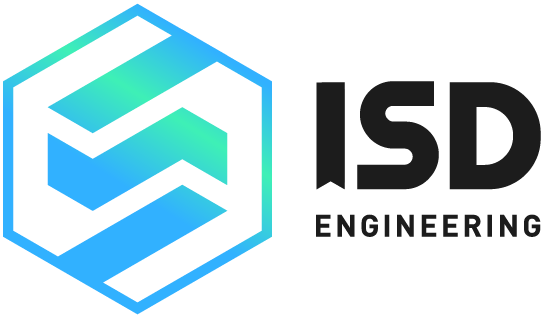
7 Key Criteria for Evaluating Green Buildings (LEED and EDGE)
News
In the context of Vietnam’s commitment to Net Zero by 2050, the trend of green building construction is gaining increasing attention. International certifications such as LEED and EDGE play an important role in enhancing real estate value, attracting international investors, and strengthening sustainable branding.
However, LEED and EDGE approach green building differently: LEED is more comprehensive, suitable for large-scale projects and export markets; EDGE is simpler and more cost-efficient, making it ideal for emerging markets and housing or hotel projects. Below are 7 key criteria for evaluating green buildings, which highlight the differences between these two certification systems.
1. Energy Efficiency
- LEED: Sets high standards for energy savings through high-performance HVAC systems, LED lighting, proper insulation, low-E windows, and renewable energy (solar, wind). On average, LEED buildings can save 20–30% of electricity compared to conventional buildings (USGBC, 2023).
- EDGE: Focuses only on basic energy efficiency. To qualify, projects must prove at least 20% energy savings compared to national building codes. Examples include inverter air-conditioners, reflective roofing, or energy-efficient lighting (IFC, 2022).
2. Water Management
- LEED: Implements strict standards such as rainwater harvesting, wastewater treatment and recycling, and installing water-saving devices (low-flow showers, toilets, smart irrigation). Some projects save up to 40% of total water consumption.
- EDGE: Simpler, requiring at least 20% water savings, typically achieved with water-efficient fixtures and greywater reuse systems.
3. Building Materials
- LEED: Evaluates the full material life cycle (Life Cycle Assessment). Encourages the use of recycled content, locally sourced materials, FSC-certified wood, and low-emission concrete. Transportation and embodied energy in manufacturing are also considered.
- EDGE: Focuses only on embodied energy in materials. Examples include autoclaved aerated concrete (AAC), non-fired bricks, and recycled steel, which help significantly reduce carbon emissions.
4. Indoor Environmental Quality
- LEED: Assesses indoor air quality (IAQ), lighting, acoustics, ventilation, and thermal comfort. A Harvard study (2020) found that LEED-standard environments improve productivity by 8–11% and enhance mental well-being.
- EDGE: Does not evaluate this criterion.
5. Location and Transportation
- LEED: Emphasizes project location, accessibility to public transport, and reducing private vehicle use. Some projects promote bicycle use and include EV charging stations.
- EDGE: Does not evaluate this criterion.
6. Operations and Maintenance
- LEED: Requires long-term operations and maintenance plans, using systems such as BMS (Building Management System) or BIM to monitor and optimize energy use.
- EDGE: Does not have a dedicated criterion, but provides the EDGE App to help projects monitor energy, water, and material savings.
7. Cost and Accessibility
- LEED: High certification costs and complex evaluation process. Suitable for large-scale industrial and commercial projects targeting European or U.S. markets.
- EDGE: Lower cost, faster approval, more accessible for residential, hotel, and small-to-medium enterprises in emerging markets (IFC, 2022).

LEED & EDGE: Quick Comparison
| Criteria | LEED | EDGE |
|---|---|---|
| Energy | Comprehensive | ≥20% requirement |
| Water | Comprehensive | ≥20% requirement |
| Materials | Life Cycle | Embodied energy |
| Indoor Environment | Yes | No |
| Location & Transportation | Yes | No |
| Operations & Maintenance | Yes | Limited |
| Cost | High | Low |
Conclusion
- LEED: Comprehensive, suitable for large enterprises, premium projects, and export-oriented markets.
- EDGE: Focuses on three core factors, low-cost, easy to apply, ideal for small and mid-sized projects.
Both certifications play a vital role in promoting sustainable construction in Vietnam. Businesses should consider their goals, budget, and market orientation to select the most suitable certification, contributing to the Net Zero 2050 commitment.
LEED and EDGE Consultancy Services at ISD Engineering
ISD Engineering is a pioneer in Vietnam for LEED and EDGE certification. We are proud to be the first and only green building consultancy in Vietnam recognized as both:
- LEED Proven Provider by USGBC/GBCI — acknowledging our consistent excellence in delivering LEED projects.
- EDGE Premier Service Provider by IFC/World Bank Group — a designation granted only to organizations demonstrating outstanding expertise and performance in EDGE certification.
We provide comprehensive solutions:
- Strategic consulting for each building type.
- Current status assessment & detailed roadmap with cost optimization.
- Full support with documentation, certification procedures, and end-to-end project assistance.
Contact for LEED and EDGE Consulting
👉 Contact us today for consultation and become one of the pioneering businesses to achieve green building certification in Vietnam.
🔗 Learn more about ISD Engineering’s expertise in green building certification.
References
- International Finance Corporation (IFC). (2022). EDGE User Guide. Retrieved from https://edgebuildings.com
- U.S. Green Building Council (USGBC). (2023). LEED v4.1 Building Design and Construction Guide. Retrieved from https://www.usgbc.org/leed
- Harvard T.H. Chan School of Public Health. (2020). The Impact of Green Buildings on Cognitive Function. Retrieved from https://www.hsph.harvard.edu
- Posted on
- November 25, 2021

